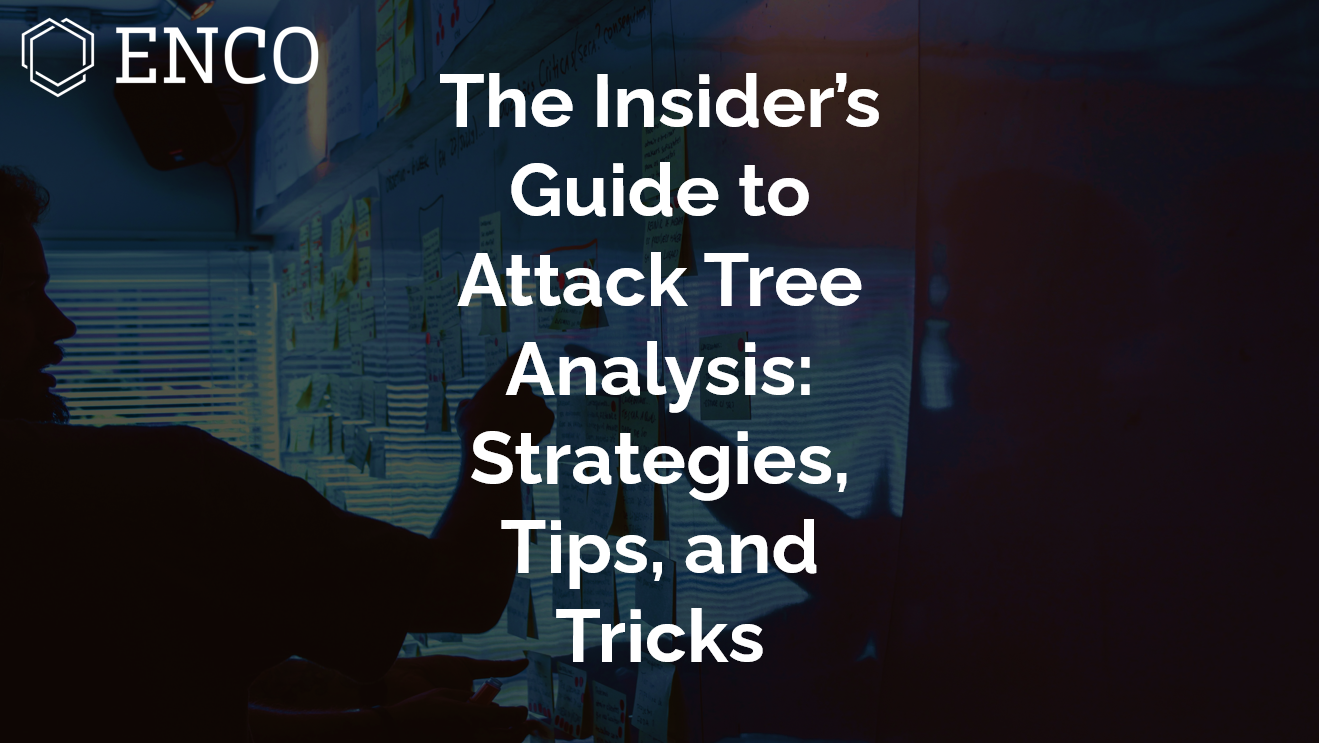Safety and Security Engineering 2030: What’s Next for the Industry?
The future of system development hinges on the rapid evolution of safety and security engineering trends. As connected systems, autonomous features, and software-defined vehicles grow in complexity, the industry must shift its mindset—from static risk models to continuous, integrated assurance.
This article explores the top trends shaping safety and security engineering through 2030. We’ll examine how frameworks like ASPICE and SOTIF (ISO/PAS 21448) complement ISO 26262 and ISO/SAE 21434. You’ll also learn how modern engineering teams are adopting agile validation strategies, co-engineering methods, and simulation-first mindsets to keep up with regulatory and technological change.
Safety and Security Engineering Trends – A Look at the Past and Future
Safety and security once developed in parallel. Functional safety followed ISO 26262 and SOTIF for managing unintended failures and unknown behaviors. Cybersecurity emerged through IT-driven models and evolved into ISO/SAE 21434. However, product complexity has blurred the line between both.
Today, a braking system must not only resist hardware faults (ASIL D) but also detect and respond to spoofed sensor inputs. These overlapping risks require new, unified approaches.
Automotive standards now recommend integrated processes. For example, ASPICE 4.0 encourages traceability across safety, security, and system requirements with SOTIF ensuring that safety isn’t compromised by edge-case behavior, even when hardware is functional.
As a result, modern safety and security engineering trends reflect convergence. Forward-looking teams are co-developing safety goals and threat models. They build shared simulations to test both hazard detection and attack response within the same toolchain.
🔐 Ready to Future-Proof Your Safety & Security Engineering?
🚀 Get in Contact nowLearn how EnCo SOX helps you align with ASPICE, ISO 26262, and SOTIF—all while streamlining risk analysis and audit readiness.
What’s Driving Modern Safety and Security Engineering Trends?
Several disruptive forces are accelerating the evolution of safety and security engineering trends. Electrification, autonomy, and software-driven functions are changing how teams define and manage risks.
In electric vehicles, zonal architectures reduce wiring but increase dependency on centralized ECUs. A fault or intrusion in one domain controller can compromise multiple systems. Therefore, safety and cybersecurity must work together from the start.
Autonomous systems further complicate this landscape. ISO/PAS 21448 (SOTIF) addresses the unknowns of AI behavior. It ensures that machine learning models are not only functional but also behave safely in rare scenarios. Combined with ISO 26262 and ISO/SAE 21434, SOTIF closes the safety assurance gap for perception-driven decisions.
Connectivity adds even more pressure. V2X communication, over-the-air updates, and cloud-based diagnostics expose systems to attack vectors. Each new digital interface must be assessed not only for integrity but also for its potential to interfere with safety goals.
Finally, regulations are shifting toward continuous compliance. ASPICE-based organizations now embed traceability and quality gates into CI/CD pipelines. This integration supports safety and security at speed—without sacrificing quality.
Emerging Safety and Security Engineering Trends Through 2030
As the industry modernizes, a new generation of safety and security engineering trends is reshaping how systems are developed, validated, and certified. These trends emphasize integration, automation, and adaptability.
Unified Safety-Security Co-Engineering Models
The most transformative trend is convergence. Teams no longer work in isolation. Instead, safety and cybersecurity engineers co-develop functional requirements and threat mitigations. Tools and frameworks are evolving to support these workflows.
For example, ASPICE-aligned organizations now map safety goals and cybersecurity assets within a shared traceability framework. This reduces duplication and speeds up audits.
AI-Driven Hazard and Threat Analysis
Artificial intelligence is becoming essential for risk modeling. It accelerates hazard analysis, identifies non-obvious attack paths, and tests behavioral edge cases. AI also supports predictive validation for SOTIF scenarios—where behavior is uncertain.
Continuous Compliance via CI/CD Integration
Standards like ASPICE and ISO 21434 now support shift-left risk assessments. Teams automate traceability checks, static code analysis, and compliance dashboards directly in their development pipelines.
As a result, safety and security become living processes, not final steps before release.
Safety-as-Code and Security-as-Code Practices
Inspired by DevSecOps, engineers now encode safety and security logic into software delivery. Configuration rules, model validations, and test coverage are automated as part of the codebase. This ensures repeatability and speeds up certification.
The Role of ASPICE, ISO 26262, and SOTIF in the 2030 Landscape
Safety and security engineering trends rely on more than innovation—they depend on robust standards. ASPICE, ISO 26262, and SOTIF serve as pillars for developing systems that are not just functional, but also trustworthy, traceable, and compliant.
ASPICE: The Process Backbone for Safety and Security
ASPICE (Automotive SPICE) ensures structured, repeatable development. It helps teams embed quality from concept through validation. New ASPICE variants increasingly support safety and cybersecurity integration.
For example, recent extensions include security-specific process areas that align with ISO/SAE 21434. ASPICE also promotes model-based engineering and toolchain traceability—key enablers of continuous assurance.
ISO 26262: The Functional Safety Standard
ISO 26262 remains the core reference for automotive functional safety. It provides a lifecycle-based approach to system, hardware, and software validation. By defining ASIL levels, it guides the effort required for risk reduction.
In the 2030 context, ISO 26262 is often used alongside ASPICE for process discipline and with SOTIF for scenario coverage.
SOTIF (ISO/PAS 21448): Handling the Unknowns
ISO/PAS 21448—also known as SOTIF—addresses safety risks from non-fault-based behaviors. This is crucial for autonomous systems that rely on perception models and AI.
By focusing on unknown unsafe scenarios, SOTIF helps validate safety performance in edge cases. It works in tandem with ISO 26262, especially for functions like lane-keeping, emergency braking, and sensor fusion.
Together, these standards are foundational to managing the complexity of next-generation products. They’re not optional—they’re strategic enablers of modern safety and security engineering trends.
Best Practices to Align Teams with 2030 Safety and Security Engineering Trends
Adapting to new safety and security engineering trends requires more than tools and processes. It demands alignment across people, priorities, and practices. The following strategies help engineering leaders prepare their teams for what’s coming.
Build Cross-Functional Safety-Security Teams
Collaboration starts with structure. Instead of isolated safety and cybersecurity groups, create integrated teams. Include system engineers, architects, and compliance leads. This accelerates decision-making and ensures consistent risk ownership.
Hybrid roles, like safety-security architects, are increasingly common. These professionals understand both ISO 26262 and ISO/SAE 21434 and can bridge requirements in unified models.
Embed Standards Knowledge Early
Provide role-specific training in ASPICE, ISO 26262, and SOTIF. Encourage certifications or in-house bootcamps. When teams speak the same standards language, alignment improves, and rework is reduced.
Use Tools that Support Process and Traceability
Choose platforms that help automate traceability, versioning, and standards alignment. Tools like EnCo SOX integrate ASPICE-aligned workflows and SOTIF-driven safety cases. They make compliance a by-product of development—not an afterthought.
Shift Risk Analysis Left with Agile Checkpoints
Don’t wait for final integration to identify risks. Add risk review checkpoints into your agile sprints. Link user stories to safety goals and cybersecurity threats. This keeps quality in focus throughout development.
These best practices future-proof your workforce while improving quality today. They also support a smoother transition to the next wave of safety and security engineering trends.
Frequently Asked Questions – Safety and Security Engineering in 2030
As safety and security engineering trends evolve, so do the questions from technical teams, compliance leads, and program managers. Here are clear answers to some of the most frequently asked questions.
Will ASPICE fully support safety and cybersecurity integration?
Yes. ASPICE is evolving to better align with ISO 26262 and ISO/SAE 21434. It now includes security engineering process areas and enhanced traceability structures. This enables seamless integration across safety, security, and quality.
How does SOTIF fit into autonomous system validation?
SOTIF (ISO/PAS 21448) addresses system behavior in scenarios where no fault exists. It is critical for validating perception-driven features like lane keeping, object detection, and adaptive cruise control. It ensures these systems behave safely—even in untested or rare conditions.
Can we automate parts of functional safety and security compliance?
Absolutely. Tools now automate HARA, TARA, traceability checks, and standards mapping. Platforms like EnCo SOX integrate safety-security requirements and produce audit-ready documentation. Automation supports both ASPICE compliance and real-time quality monitoring.
Do safety and security belong in DevOps workflows?
Yes. The shift-left approach is now widely accepted. Integrating safety and security into CI/CD pipelines enables faster detection of non-compliance. It also reduces risks before full integration testing begins.
These answers reflect a major shift—safety and security are no longer separate tasks. They are now part of a unified, continuous engineering mindset driven by evolving standards and smarter toolchains.
🔐 Ready to Future-Proof Your Safety & Security Engineering?
🚀 Get in Contact nowLearn how EnCo SOX helps you align with ASPICE, ISO 26262, and SOTIF—all while streamlining risk analysis and audit readiness.
Conclusion – Engineering Readiness for 2030 and Beyond
The next era of development will be defined by how effectively teams embrace modern safety and security engineering trends. It’s no longer enough to treat functional safety and cybersecurity as separate concerns. The future belongs to integrated approaches, agile thinking, and tool-driven traceability.
Standards like ASPICE, ISO 26262, and ISO/PAS 21448 (SOTIF) provide a strong foundation. They enable organizations to manage complex risks while adapting to continuous delivery cycles and evolving product architectures.
Why It Matters Now
As vehicles become autonomous, electrified, and connected, the cost of fragmented risk management rises. Teams that fail to integrate safety and security will struggle to meet compliance—or worse, risk product failures in the field.
Where to Start
Begin by uniting your safety and cybersecurity teams. Adopt tools that support model-based engineering and continuous compliance. Train your workforce to work fluently with ASPICE, ISO 26262, and SOTIF. Most importantly, embed safety and security thinking into every decision—from system design to software updates.
The path to 2030 is clear: align standards, streamline collaboration, and automate wherever possible. The teams who move early will not only reduce risk—they’ll lead the next generation of safe and secure innovation.




